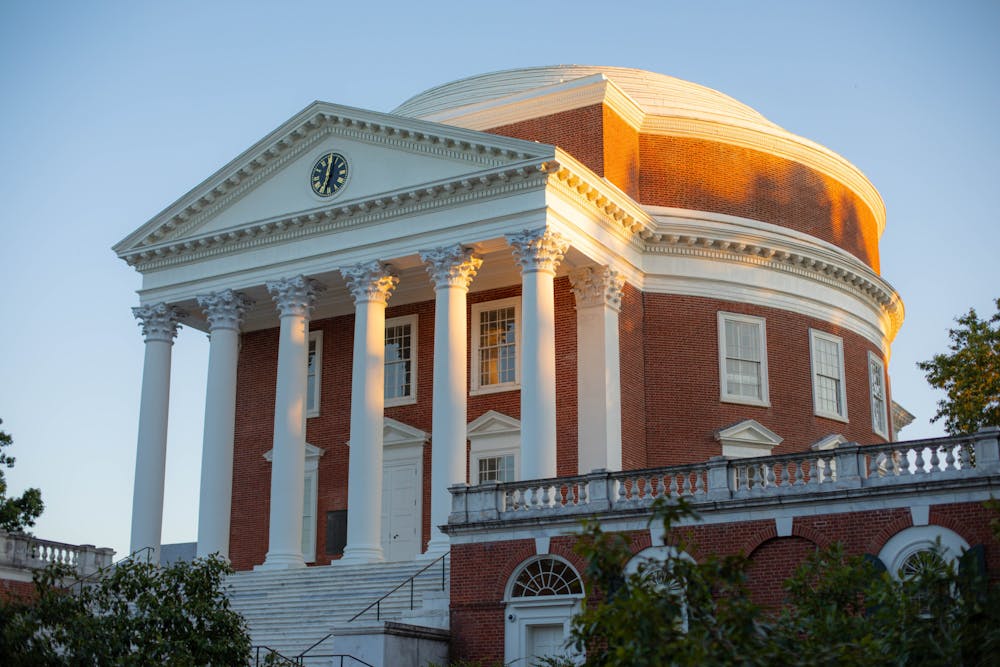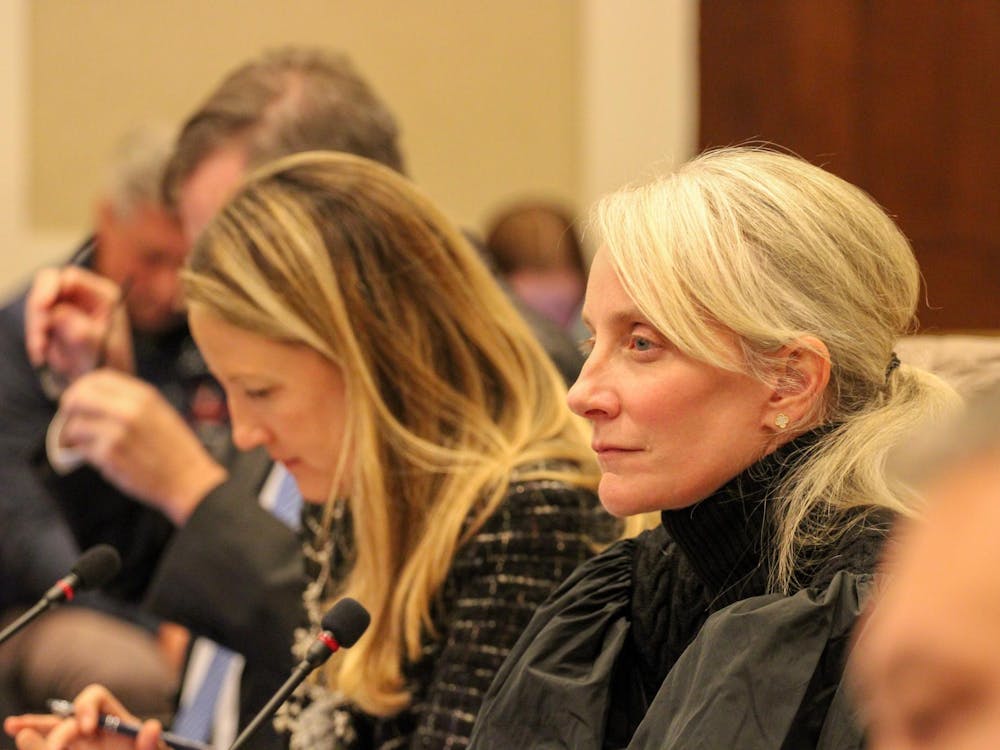The University has seen a large descent on the New York Times’ 2023 College Access Index, a report that ranks the top most selective schools in the nation according to their socioeconomic diversity. The University’s ranking fell from the 50th percentile in 2014 and 2017 to the 25th percentile in 2021 and is currently ranked 248th out of 283 of the most economically diverse public and private universities across the United States.
The New York Times uses the percentage of incoming freshmen who receive Pell Grants to calculate the degree of socioeconomic diversity on a given campus. According to the College Access Index that was released in September, this percentage is 13 percent at the University — though this number is only reflective of data from 2020 and 2021.
The official Federal Student Aid website describes Pell Grants as a type of federal financial aid geared towards students who demonstrate “exceptional financial need.” The aid covers a significant portion of undergraduate expenses for students who come from households with an annual income of generally less than $27,000.
In a written statement to The Cavalier Daily, University spokesperson Bethanie Glover affirmed the University's commitment to fostering a socioeconomically diverse space on Grounds for students from all economic backgrounds.
“Above all, we are committed to access, affordability and excellence,” the statement reads. “While rankings such as this are something that all universities pay attention to, the vision and goals of the institution…rather than one annual ranking, drive what we do and what we shouldn’t do.”
The University also confirmed in the statement that it will continue its long-standing policy of servicing systematically disadvantaged high schools across the state with the aim of increasing application rates from those schools and thereby improving socioeconomic diversity on Grounds.
The University’s 2030 plan, a set of initiatives and strategic goals set by the institution, emphasizes the recruitment of talented and diverse students regardless of economic status as one of its strategic goals.
Universities on the College Access Index experienced as great as a 19 percent increase in Pell Grant student acceptances and as low as a 23 percent decrease. The University experienced no change between 2011 and 2020, according to The New York Times.
Notably, this data does not include Pell Grant students accepted to the Class of 2026 and 2027. In 2023, U.Va.’s newly-admitted Class of 2027 comprised 16.4 percent Pell Grant-eligible, compared to 11 percent just two years prior — a record-high for the University according to Glover. But even a 16.4 percent first-year Pell Grant population would still only put the University in the 30th percentile on the recent College Access Index.
Measuring socioeconomic diversity by the percentage of Pell Grant-eligible students is only one way of measurement. For instance, a list of the most economically diverse universities in the nation by U.S. News and World Report stipulated that colleges might enroll a significant portion of students whose family incomes slightly exceed the cutoff for Pell Grant eligibility.
Virginian applicants to the University whose families have an annual income of less than $80,000 may receive grants equal to tuition and fees. Families who make less than $30,000 — just slightly higher than the $27,000 cut off for Pell Grant recipients — may receive additional grants for housing and dining. The University reports that it meets 100 percent of demonstrated financial need through various scholarships and grants for every student, in addition to Pell Grants.
Both of those groups would miss the bracket for Pell Grant eligibility, and would not be counted on The New York Times’ list.
The New York Times’ College Access Index has been published in 2014 and 2017 and was most recently updated in 2023. The date of the project’s next update has not been announced.







